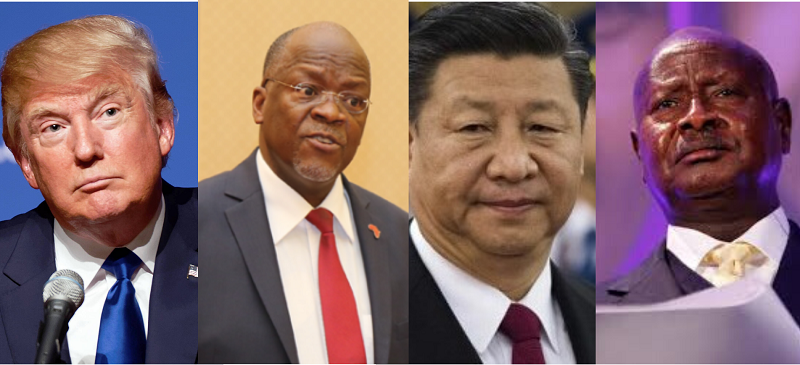"The Danish diaries – my Scandanavian trip"
August 13 Humans have treaded the earth from time immemorial and the story of mankind has been one of innumerable highs and steadfast progress, writes Harmanan Singh, 17, a Correspondent from Mumbai in India. Sheer grit and scientific temper make us wonder, “What lies ahead”? Future cities may take calculated measures to reach the pinnacle of glory and be an inspiration for others.
Humans have treaded the earth from time immemorial and the story of mankind has been one of innumerable highs and steadfast progress, writes Harmanan Singh, 17, a Correspondent from Mumbai in India. Sheer grit and scientific temper make us wonder, “What lies ahead”? Future cities may take calculated measures to reach the pinnacle of glory and be an inspiration for others.
I had the fantastic opportunity to visit one such future city this summer and witness its public services and nation building activities. Copenhagen, the capital of Denmark, is nestled in western Europe with a population of 1.5 million people. The story of Copenhagen has been nothing short of a fairy-tale, from the early Viking village to the United Nations summit held here. Copenhagen comes packed with charisma and a promising future. It is committed to its goal of being the next big thing in worldly affairs. It flourishes when it comes to administration and environment.
‘The church bell rings signalling the end of an hour or rather, the beginning of another. The cheerful chatter along busy streets finds its origin from the Viking “Ahoy!” The distinct spirals and palaces give an artistic touch to the skyline. As people scuttle along cobbled footpaths, a rich aroma from the baker’s gives them company’.
Copenhagen is rightly termed as one of the most environmentally friendly cities in the world. Environment has been one of the biggest factors responsible for its rise. Plenty of green spaces, playgrounds, use of bicycles, and proper management of wastes have all greatly contributed to attaining this status. It leapfrogged some of the world’s major cities when it hosted the 2009 United Nations Climate Change Conference.
Gardens and green spaces are a prominent feature of the city. These areas enable the citizens to lead a healthier life while enhancing the quality of air. It is a municipal policy that all citizens must be able to reach a garden on foot within 15 minutes by 2015.
Copenhagen is often termed as the bike city due to its efficient bike system.The number of bicyclists is huge. About 40 per cent of the population cycles to their workplace, school or for other purposes. It’s not just the awareness but also the system that facilitates the use of bikes:
- Special bicycle lanes are present parallel to the main traffic roads all along the city, including separate traffic signals.
- The local trains have special compartments for cycles which ensure increased flexibility for the cyclists.
- The government launched a program where rented bikes are available at a refundable deposit at various points in the city.
Copenhagen stands as a global inspiration for cities that wish to adopt a bicycle culture or Copenhagenize. Cycling has flourished due to the friendly system of administration which ensures that the ride is rather smooth, cheap and favourable. The bicycle culture has played a role in reducing carbon emissions and giving birth to an active and fit generation.
The efficient public transport has also been instrumental in keeping private vehicles at bay. Buses, metros and trains form a cobwebbed system all over the city.
Carbon emissions have reduced considerably. Environmental cautiousness has also fostered cleanliness. High standards of hygiene are maintained to prevent diseases and breeding of pathogens.
When it comes to future cities, there is no dearth of ideas and zero stagnancy. Revolutionary innovations blossom in Copenhagen due to liberal minded people. Ideas flourish in all sectors, be it administration, education, transport or conservation of resources.
The trip left an everlasting impression on me. We need to emulate these cities to excel as a civilization. Fertile ideas and farsighted vision is required to elevate our nation. Mr. Ratan Tata unveiled the Nano car a few years ago, citing it as an innovation, calling it “every man’s car”. But, Mr. Tata, this was an innovation without vision. We need to develop roads to accommodate more cars; we need to develop better public transport to ease the congestion.
This was my third visit to the Danish city and every trip has been marvellous. My summer destination doesn’t fail to offer. It is serene and mesmerizing.
LIGHTS, CAMERA, ACTION! Let’s get the spotlight back on India and strive for a better future, a better quality of life. Let’s set the ball rolling…….
Photo credit: Harmanan Singh
…………………………………………………………………………………………………………………
About me:
I am a Grade 12 science student in Mumbai, India. I am an explorer with an endeavour to visit every nation on this planet. I aspire to be a travel journalist and experience varied cultural vibes across geographies. Wildlife, debating, poetry and entrepreneurship are some of my other interests.
…………………………………………………………………………………………………………………
Opinions expressed in this article are those of the author and do not necessarily represent the views of the Commonwealth Youth Programme. Articles are published in a spirit of dialogue, respect and understanding. If you disagree, why not submit a response?
To learn more about becoming a Commonwealth Correspondent please visit: http://www.yourcommonwealth.org/submit-articles/commonwealthcorrespondents/
…………………………………………………………………………………………………………………




